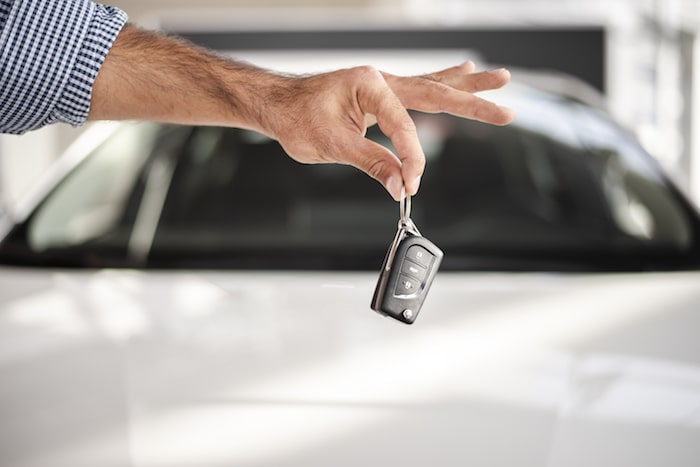The type of coverage for a financed car is dependent on a few factors. Older cars need less coverage than newer cars, for example. Liability insurance is required in every state, and every state has a different minimum requirement.
Depending on the car, you may need full, collision, or comprehensive coverage before receiving a loan. The type of needed coverage depends on the lienholder. Most want the car fully covered. The lienholder wants to get their money back if the car is totaled.
What Ways Can I Protect Myself Against Owing My Lienholder?
On top of the other types of coverage, gap coverage protects you from future actions from your lienholder. Opting into gap coverage insures the rest of your vehicle’s loan. This is good if your car is totaled and you still owe your lienholder. Gap coverage is recommended for newer cars with high interest on the loan.
A lienholder is a company or person who loaned you the money to purchase your vehicle. Technically, they own the vehicle until you pay off the payment. Because they own the vehicle, they must protect themselves from damages that you may acquire while driving. Full, comprehensive, and collision coverage maintains the value of the vehicle in the event of an accident.
For as long as the loan is unpaid, you need full coverage. This protects you and the lienholder from future damages. You are not required by state laws to have full coverage, but lienholders may make you purchase it anyway.
What If I Drop The Coverage After Taking Out A Loan?
Dropping the insurance company that your lienholder provides is not a good idea. Your lienholder takes many precautions, and they will retaliate. Not having insurance puts you at risk of owing your lienholder after totaling your car. Choosing not to pay the loan puts you in legal trouble and can even affect your credit.
Some lenders include their own insurance in the loan’s interest rates. This is called single interest coverage. They add the price of their premium to the loan that you are paying off.
This method is expensive, and it does not cover you, just the lienholder. Paying for your own insurance plus the lienholder’s insurance burns a hole in your wallet. Avoid this type of loan to save yourself money in the long run.
Also, if you cannot pay for damages to your vehicle and have no insurance, the lienholder does not ignore the problem. They will try to sue you for the damages and get their money back. This is much worse than simply paying for the insurance coverage, especially if the loan was tens of thousands of dollars.

